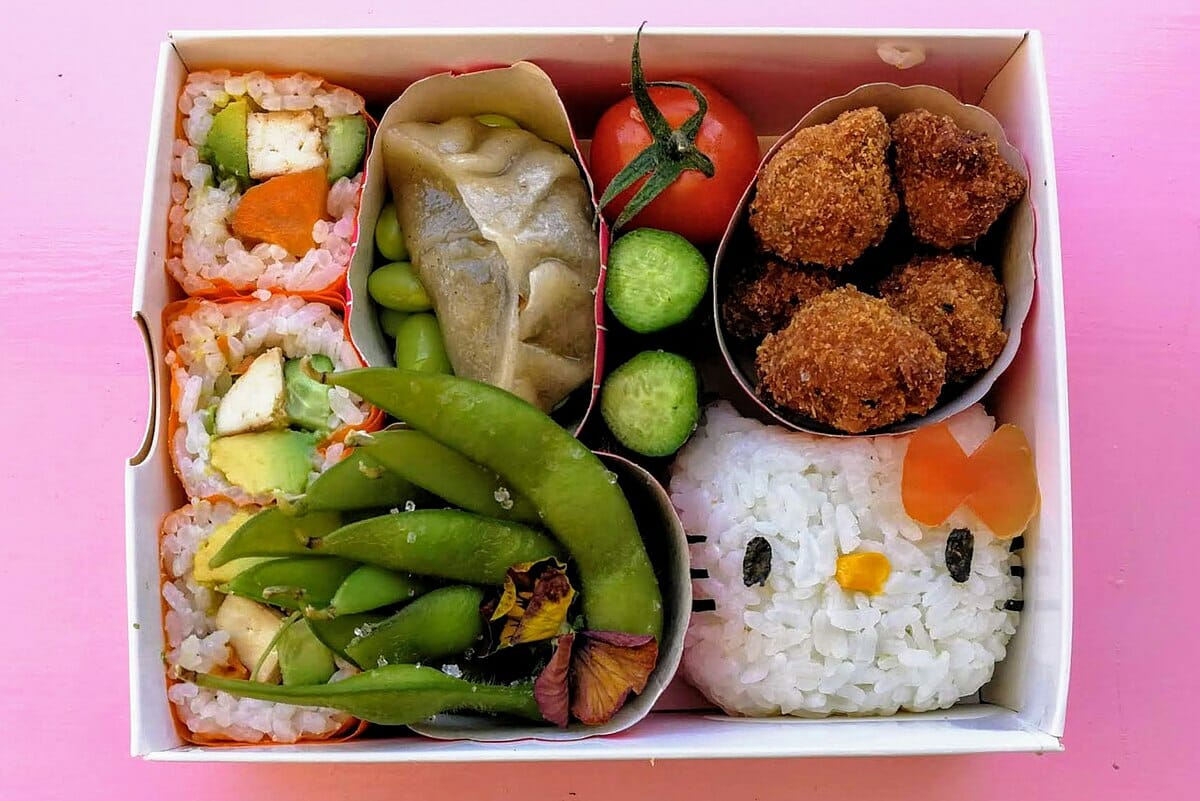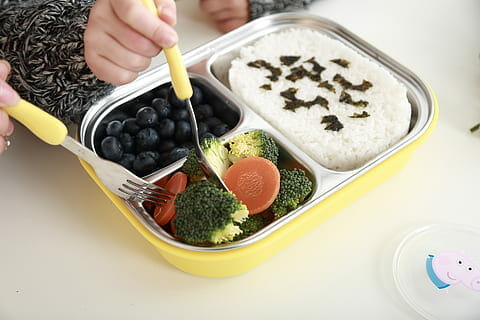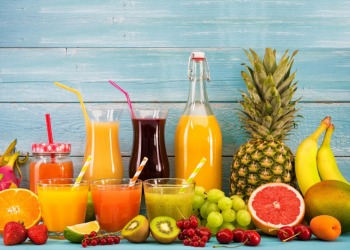A sustainable lifestyle is beneficial to the entire family – not just the adults! One of the ways you can make small, environmentally-friendly changes to your kid’s life is through their lunchbox. Packing a healthy, eco-conscious lunchbox for your children can be a challenge, so we’ve put together a few simple tips to help make sustainability an easy and fun part of packing school lunches.
Opt for a sustainable, long-lasting container
There are now plenty of sustainable lunch box options available in a range of sizes, shapes, designs, and uses. However you want to organise your child’s lunch, there’s a sustainable container for you. Bento boxes often have individual compartments that make it easy to keep different types of food separate to give your kid some diversity in one meal! Check out these easy bento lunch box ideas for your kid’s next packed lunch.
Choose foods that are in season
When choosing fruit and veg to put in your kid’s lunchbox, choose foods that are in season. This will reduce the miles your food travels and is a great way to introduce your children to fresh, locally grown groceries. If you’re in Europe and wondering which produce is in season at what time, print out this monthly fruit and vegetable calendar for your kitchen.
Ditch single-use plastic cutlery
Opt for a cool bamboo or wooden set instead, or pack cutlery from home.

Use reusable, sustainable packaging for loose items
If you need to wrap up food items, try switching to sustainable options. Beeswax wrappers or washable plastic bags are the perfect alternative. Find out more about the different sustainable packaging alternatives here.
Provide your kids with a reusable water bottle
Using a reusable water bottle is one of the easiest ways to reduce your plastic consumption. You can also fill them with freshly squeezed juices or shakes, a healthier option to store-bought drinks that are full of sugar and additives.
Choose snacks and foods that are not wrapped in single-use plastics
When possible, choose items with no packaging at all. Baking snacks and desserts at home and buying fruit and vegetables from the market are great ways to avoid plastic packaging.
Get a good balance of foods in your child’s lunchbox to keep it interesting
Ensuring your child’s lunchbox contains a range of food groups (fruit, vegetables, protein, dairy, carbohydrates) is important for maintaining a balanced diet, but why not try instituting a meat-free or vegan day of the week?

Compost waste
If your child’s school does not have a composting system, set up your own at home and encourage your children to bring home compostable food. It’s a great way to teach your child about food waste and to get them interested in gardening and nature. If you’re keen to learn more about setting up a composting system in your home, check out our guide to composting for tips and information.
Remember that get kids involved in sustainable activities will help them develop an interest and understanding eco-friendly lifestyle from an early age. It’s a great way to prepare for a better future for all, our generation and the next.
Editor’s Note: The opinions expressed here by Impakter.com columnists are their own, not those of Impakter.com. — Featured Photo: Children’s metal lunchbox. Photo Credit: Mila1223











